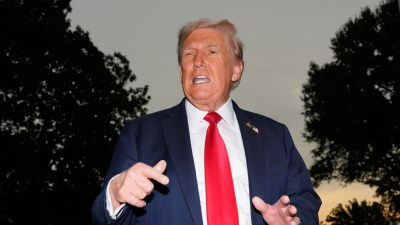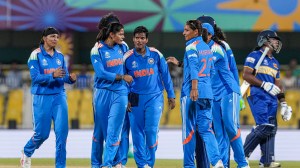Shanghai Surprise
‘‘AS an investment destination, China is a competitor to the Indian economy, but as a market, it represents a huge opportunity,...

‘‘AS an investment destination, China is a competitor to the Indian economy, but as a market, it represents a huge opportunity,’’ says Ravindra Datar, principal analyst with IT consultancy Gartner India. And while NIIT has some 119 branches in China, the opportunity is not limited to infotech.
As more and more Indian companies look to the huge Chinese market, Indian money is being invested in China. But the traffic is one way: Till date, not a single Chinese company has exported finance to India.
|
|
|
Ranbaxy has been in China for the past 10 years, now Mahindra will compete with Mitsubishi there
|
|
|
Utility vehicle major Mahindra and Mahindra (M&M), whose Scorpio model sells over 2,500 units per month in India, is scoping out China for the product. The Scorpio is one of the few Made-in-India cars that is giving tough competition to Japanese car major Toyota’s Qualis in the home market.
M&M will enter the Chinese market through either the semi-knocked down or completely knocked down kit format for the Scorpio. In China, M&M will compete with established players like Mitsubishi and GM and reflects the growing confidence of Indian companies.
The Tatas and the Birlas, too, have big plans for China. Tata Consultancy Services (TCS) has already made deep inroads into the market while group firm Tata Infotech is planning to join them soon. The Aditya Vikram Birla Group has also acquired a company in China to expand its metal business. Videocon has set up an Internet TV factory to cater to the niche market in China. Reliance, too, is looking at China.
All these companies take inspiration from Ranbaxy, which has had a presence in China for a decade. It was in 1993 that it floated Cifran, an antibiotic, in the market. It is still among the top 25 brands in China.
Ranbaxy started manufacturing in China in 1995, following the first ever Sino-Indian joint venture with Guangdong Pharmaceuticals Factory. Ranbaxy Guangzhou China Limited now reaches 500 hospitals and more than 20,000 doctors across China. In fact, in addition to sales in all the regions of China, RGCL has also started exporting its products from the China factory. In fact, in 2002, the Asia Pacific sales for Ranbaxy were at $39 million, with China accounting for 17 per cent ($6.6 million).
Among the steel companies, SAIL, Tata Steel and Essar Steel have capitalised on the upturn in steel industry to record strong export growth of steel products, mainly to China. Essel Propack has emerged as the world’s largest manufacturer of lamitubes in world with a market share of more than 30 per cent and operations spanning 11 countries, including China.
The only disappointment in the China scenario comes from an unexpected quarter: Infosys. The IT major has pulled out of China after announcing its plans to set up an office in Shanghai during the visit of former Chinese premier Zhu Rongji. But in the bullish context, Infosys can be regarded as an exception. With newfound confidence driving them, this is just the beginning for Indian MNCs.



- 01
- 02
- 03
- 04
- 05



























